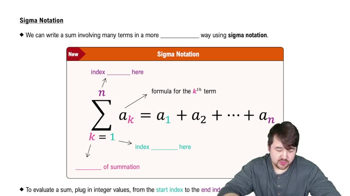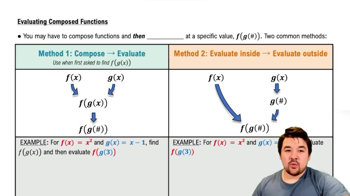Temperature The given graph shows the outside temperature T in °F, between 6 a.m. and 6 p.m.
b. At what time does the temperature increase most rapidly? Decrease most rapidly? What is the rate for each of those times?
 Verified step by step guidance
Verified step by step guidance Verified video answer for a similar problem:
Verified video answer for a similar problem:

